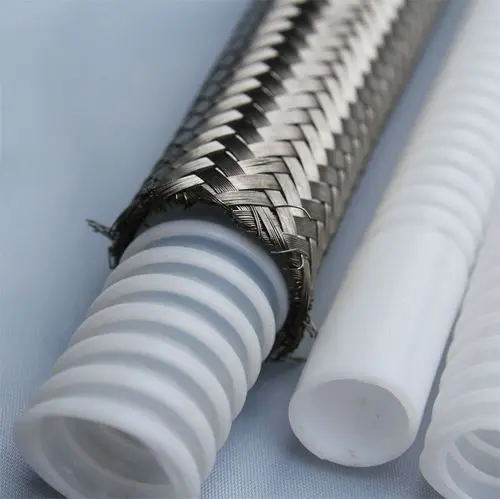Rubber hoses are widely used in various industries for their flexibility, durability, and resistance to heat and chemical corrosion. The inner rubber layer of rubber hoses plays a critical role in determining their performance and longevity. In this article, we will discuss the importance of selecting the right material for the inner rubber layer of rubber hoses.

- Nitrile Rubber (NBR): Nitrile rubber is a popular choice for the inner rubber layer of rubber hoses due to its excellent resistance to oil and fuel. It is commonly used in automotive and industrial applications where resistance to oil and fuel is essential.
- Ethylene Propylene Diene Monomer (EPDM): EPDM rubber is a good choice for the inner rubber layer of rubber hoses in applications where exposure to heat, ozone, and weathering is a concern. It is commonly used in automotive cooling systems and outdoor applications.
- Fluorocarbon Rubber (FKM): Fluorocarbon rubber is an excellent choice for the inner rubber layer of rubber hoses in applications where exposure to high temperatures and aggressive chemicals is a concern. It is commonly used in aerospace, automotive, and chemical industries.
- Silicone Rubber (VMQ): Silicone rubber is a good choice for the inner rubber layer of rubber hoses in applications where high flexibility, low compression set, and resistance to extreme temperatures are required. It is commonly used in food and beverage, medical, and pharmaceutical industries.
In conclusion, the selection of the right material for the inner rubber layer of rubber hoses is crucial for their performance and durability. It is essential to consider the specific application requirements, such as resistance to heat, chemicals, and oil, when choosing the material. Working with a reputable and experienced supplier can ensure the selection of the right material for the specific application needs. <br/>